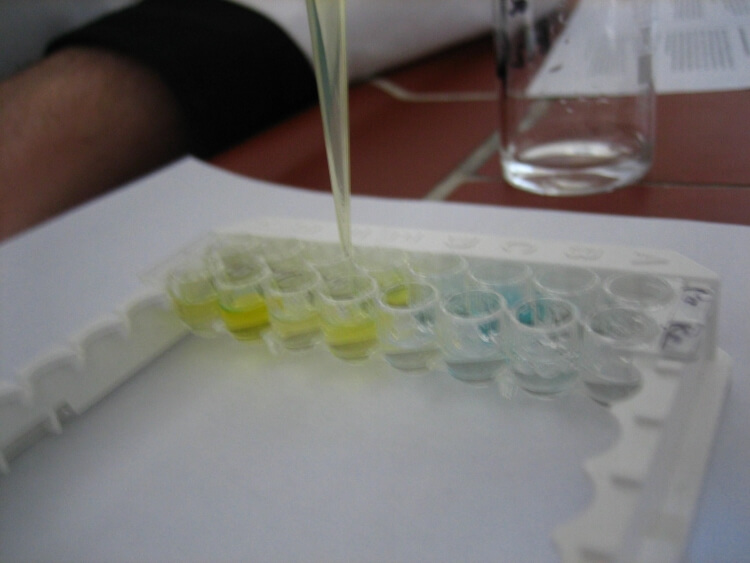cell
Adrenergic Receptor alpha-2C Colorimetric Cell-Based ELISA
Adrenergic Receptor alpha-2C Colorimetric Cell-Based ELISA
4°C
ADRA2C
6 Months
> 5000 Cells
Research use only
Colorimetric 450 nm
Non-Phospho Cell-Based ELISA
Adrenergic Receptor alpha-2C
Contact us by Live Chat or by Email at [email protected]
ELISA Enzyme-linked immunosorbent assays Code 90320007 SNOMED
ADRA2C; ADRA2L2; ADRA2RL2 ; Alpha-2 adrenergic receptor subtype C4 ; Alpha-2C adrenoceptor ; Alpha-2C adrenergic receptor.
Colorimetric assays or detection use UV absorption or enzymatic color reaction.E05 478 566 350 170 or Enzyme-Linked Immunosorbent Assays
Our team of scientists has experience in all areas of research including Life Science, Material Science, Chemical Synthesis, Chromatography, Analytical and many others.
Adrenergic Receptor alpha-2C Colorimetric Cell-Based ELISA is an appropriate, lysatefree, high throughput and high sensitivity assay kit that can check Adrenergic Receptor alpha-2Cprotein and its expression profile in cells. This kit can be used in order to measur with a hight precision the relative amounts of Adrenergic Receptor alpha-2Cinsid the cultured cells as well as detection of the effects that various inhibitors or treatments (ie. siRNA or chemicals), or activators have on Adrenergic Receptor alpha-2C.
The Adrenergic Receptor alpha-2C Colorimetric -Based ELISA is a α- or alpha protein sometimes glycoprotein present in blood.For cells, cell lines and tissues in culture till half confluency.The receptors are ligand binding factors of type 1, 2 or 3 and protein-molecules that receive chemical-signals from outside a cell. When such chemical-signals couple or bind to a receptor, they cause some form of cellular/tissue-response, e.g. a change in the electrical-activity of a cell. In this sense, am olfactory receptor is a protein-molecule that recognizes and responds to endogenous-chemical signals, chemokinesor cytokines e.g. an acetylcholine-receptor recognizes and responds to its endogenous-ligand, acetylcholine. However, sometimes in pharmacology, the term is also used to include other proteins that are drug-targets, such as enzymes, transporters and ion-channels.
